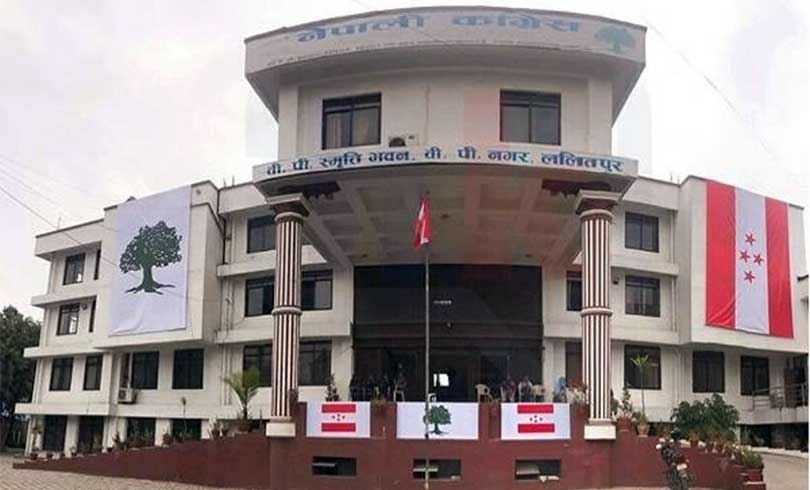
By Our Reporter
The Nepali Congress is at a crossroads, caught between tradition and change, with the recent signature campaign revealing just how tense the party’s internal politics have become. The campaign, sparked alongside the wider Gen-Z movement, aims to push for either a regular or special general convention, with senior leaders split on the method. Dr. Shekhar Koirala has called for a regular convention, while general secretaries Gagan Thapa and Bishwprakash Sharma are demanding a special one. Over half of the party delegates have signed the petition, signaling significant support for some form of leadership review. This internal push is more than a farewell to President Sher Bahadur Deuba—it is a test of the party’s ability to manage leadership change responsibly.
The feud between these two factions exposes the fragility of Nepal’s oldest democratic party. On one side is the call for stability and delay, which risks stagnation and disillusionment among the party’s youth and activists. On the other is the demand for timely leadership transfer, which, if handled well, could restore faith and signal that the party listens to public sentiment. The stakes are high: ignoring the signatures or postponing the convention could alienate the younger generation and undermine the party’s credibility, while moving decisively could reinvigorate it.
Factionalism within the Nepali Congress is not new, but the current tension is sharper because it coincides with the Gen-Z movement, which has amplified calls for transparency, accountability, and social fairness. Young people are frustrated with corruption, nepotism, and centralized power, and they expect the party to reflect these values in its internal processes. How the Congress responds now will determine whether it can reconnect with these expectations or remain mired in old habits of power-sharing and personal loyalties.
President Deuba’s timely exit has created both an opportunity and a challenge. By stepping back, he set a precedent for responsible leadership transition. The responsibility now falls on senior leaders to translate this moment into institutional reform rather than personal gain. The party’s ability to respect moral leadership, ensure transparency, and involve the younger generation in decision-making will define its future relevance. If Congress succeeds, it could become a model for handling leadership change in Nepal; if it fails, it risks further weakening its organizational structure and its role in the country’s democracy.
In the wake of the Gen-Z movement, the Nepali Congress finds itself facing a clear test of relevance. It can either embrace change, honor the voices of youth, and rebuild public trust, or it can cling to old factional battles that threaten its credibility. The signature campaign is a reflection of whether the party can evolve or if it will be overtaken by its own internal divisions. How Congress navigates this moment will shape not just its leadership, but the future of democratic politics in Nepal.






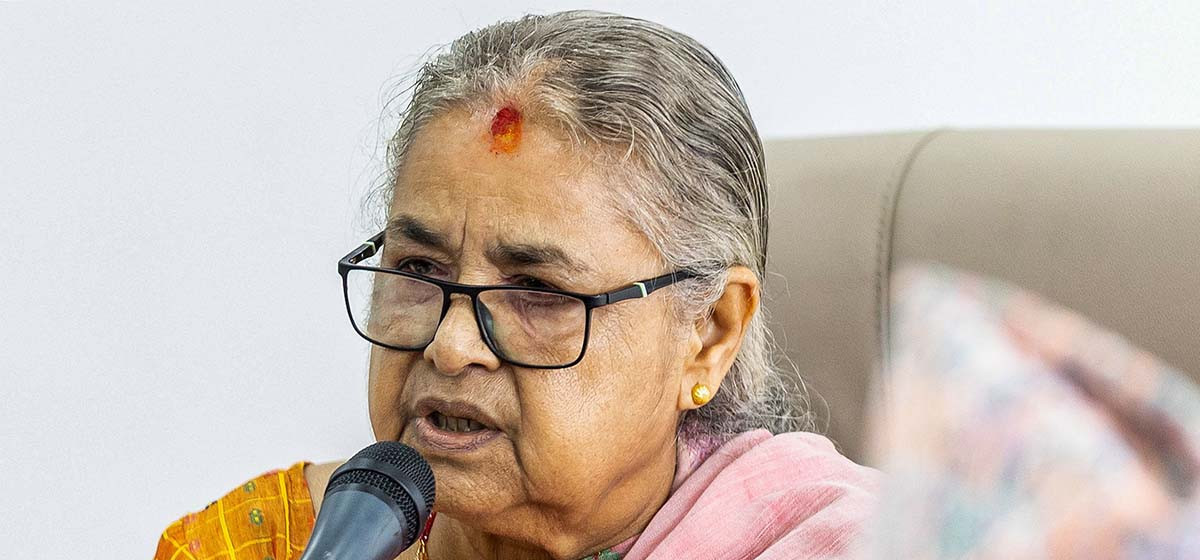
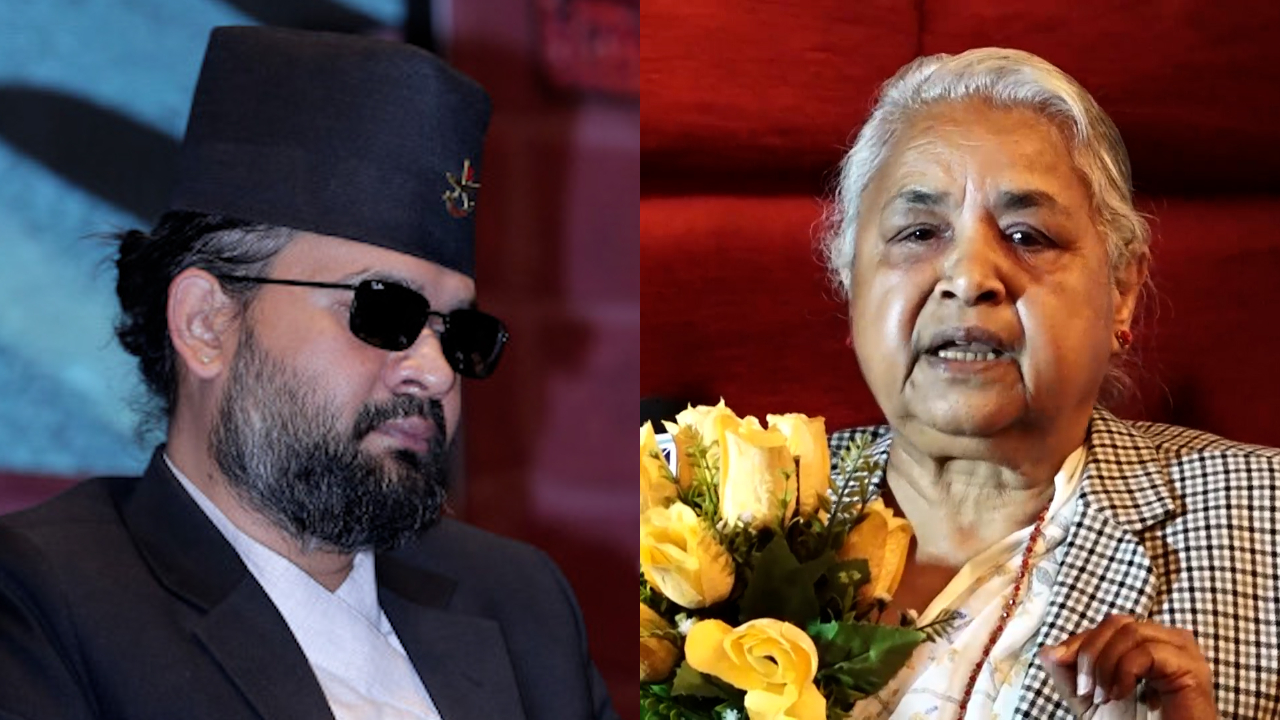

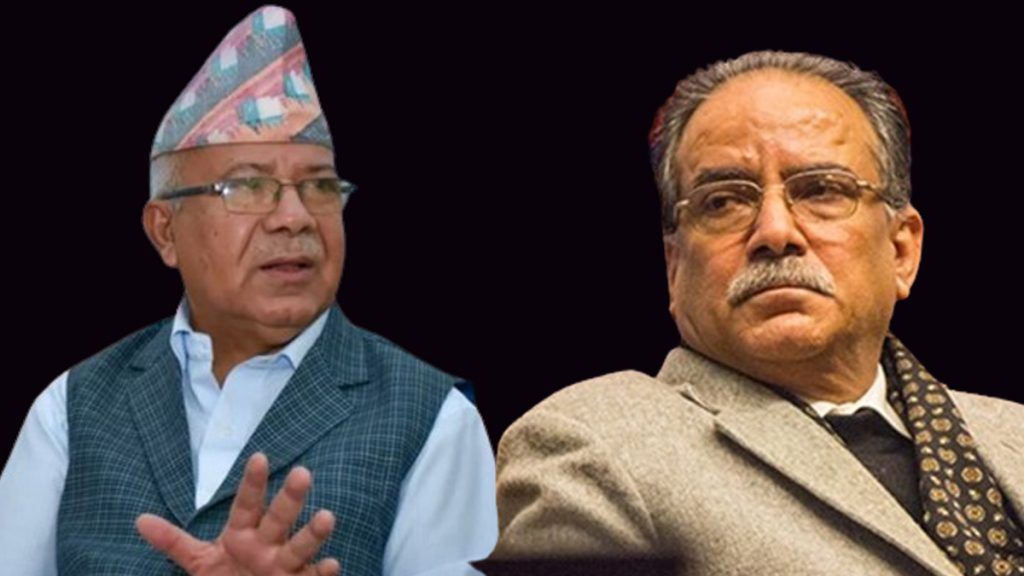






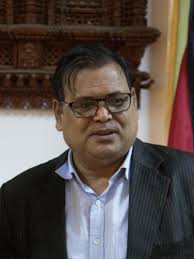

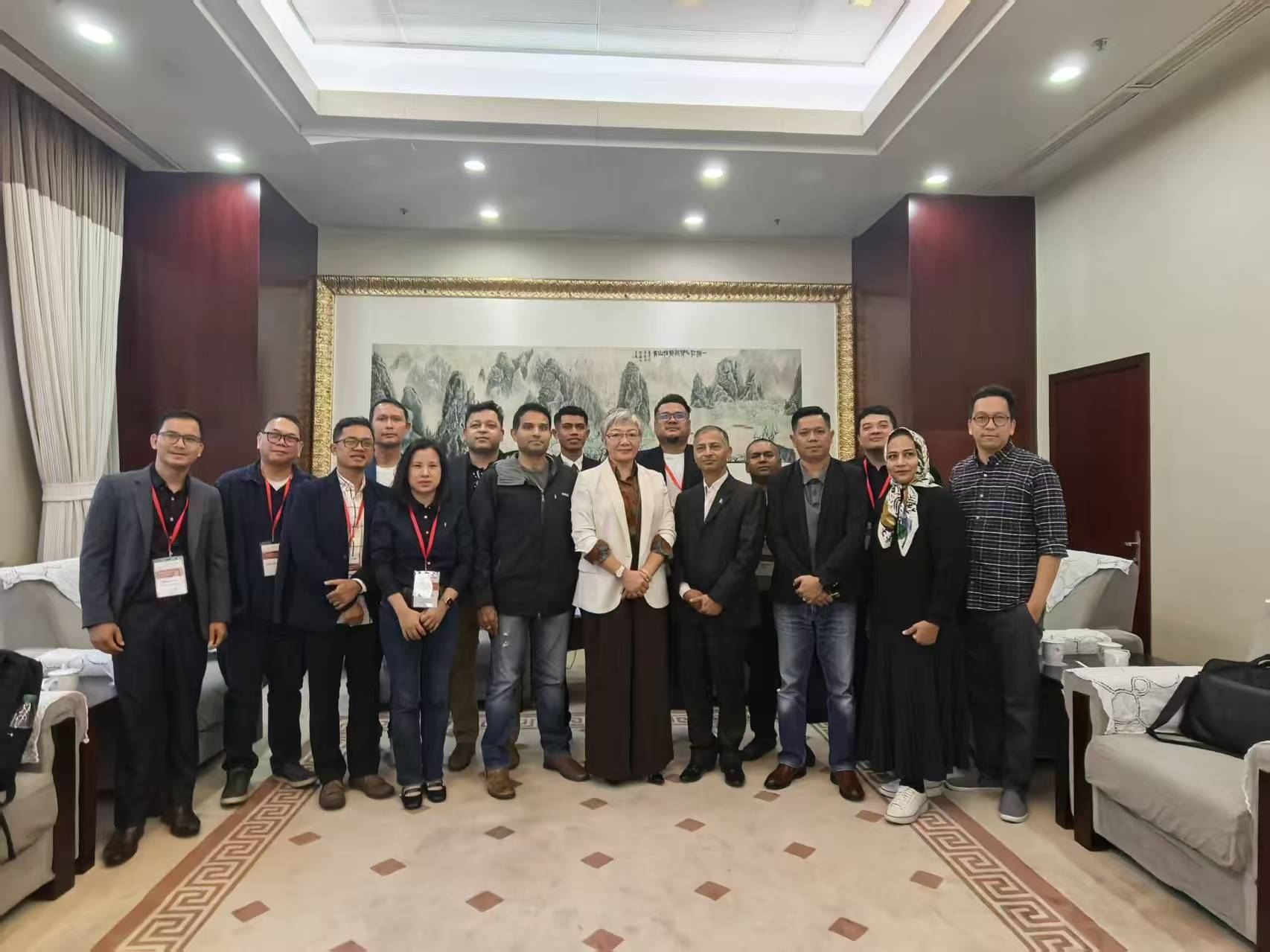
Comments:
Leave a Reply